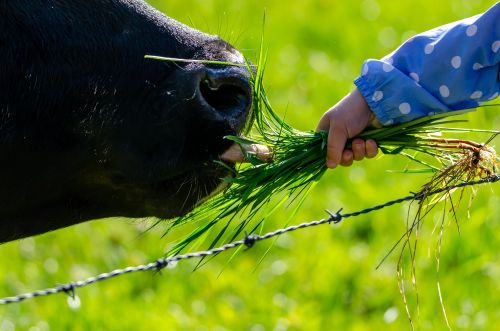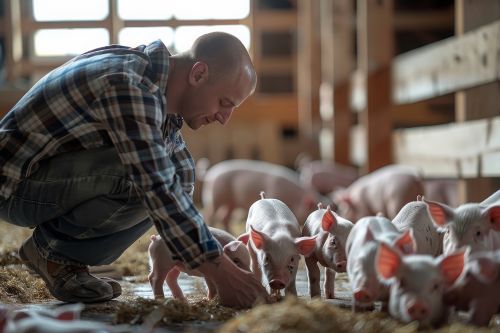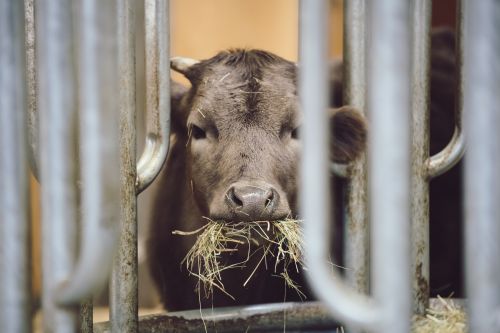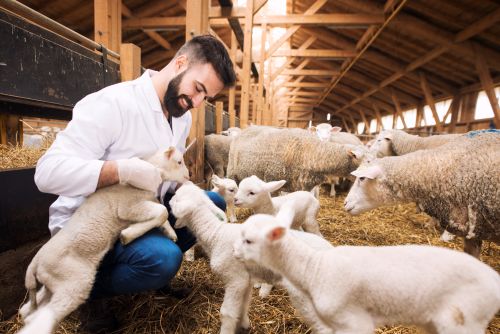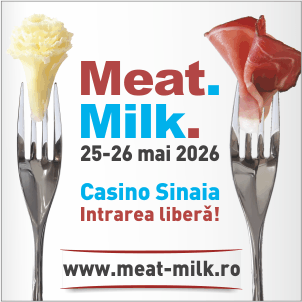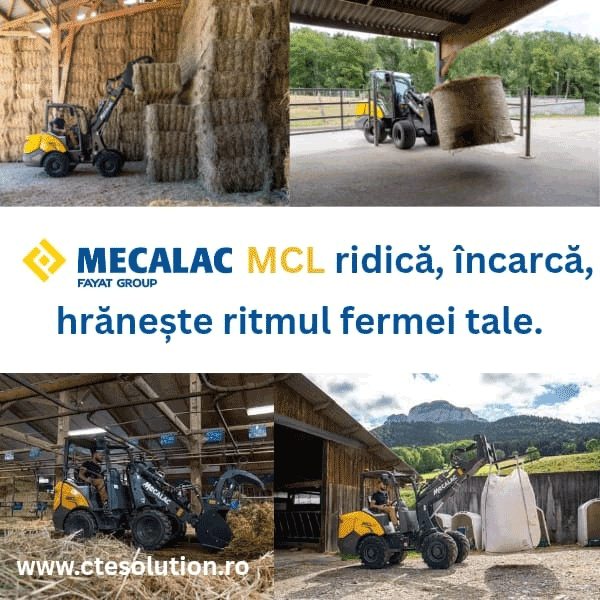503
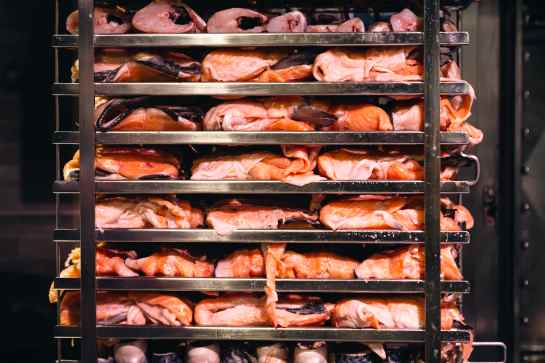
Meat aging is an essential stage in achieving optimal quality, especially for beef and pork. Modern controlled aging technologies allow for maximizing commercial value, reducing losses, and standardizing sensory quality.
There are two main methods used in the industry:
• Dry aging – in chambers with controlled temperature (0–2°C), humidity 75–85%, and directed airflow; • Wet aging – in vacuum bags, kept at a constant temperature (0–4°C), for periods of 7–21 days.
Studies conducted by the American Meat Science Association (2022) indicate an increase in tenderness index (Warner-Bratzler) of up to 30% after 14 days of aging. At the same time, weight loss in dry aging averages 12–18%, compared to less than 5% in wet aging.
Modern technologies integrate humidity and CO₂ sensors, along with IoT airflow control systems, ensuring optimal conditions throughout the entire aging process. The cost of a fully digital-controlled aging chamber ranges between €20,000 and €50,000.
Processors implementing these systems report:
• a 20–35% increase in value per kg of finished product; • stronger loyalty from HORECA and premium retail clients; • reduction of quality fluctuations between batches by more than 80%.
Controlled aging, supported by technology, is thus becoming a strategic investment for increasing added value in the meat industry.
(Photo: Freepik)
